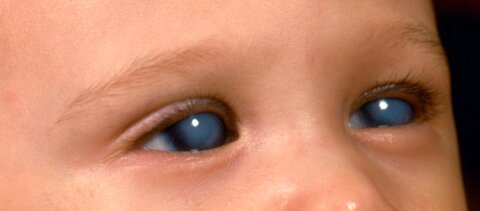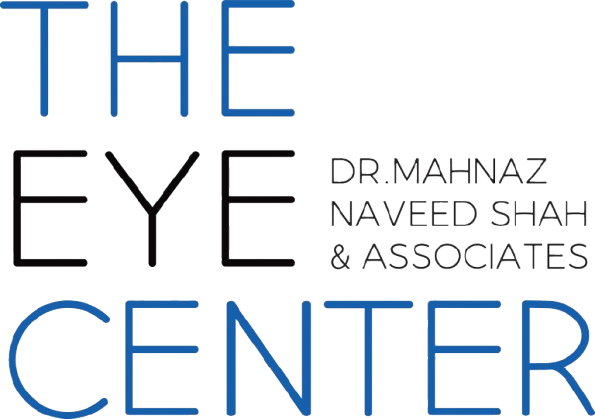Congenital cataract is a type of cataract that is present at birth or develops during infancy. It is one of the leading causes of blindness in children worldwide. While congenital cataracts can be caused by a variety of factors, one of the most common causes is rubella, a viral infection that can affect a developing fetus if the mother contracts the virus during pregnancy.
Rubella is a contagious viral infection that is typically mild in adults and children but can have serious consequences for pregnant women and their unborn babies. If a woman contracts rubella during the first trimester of pregnancy, there is a significant risk that the virus will be transmitted to the developing fetus. This can result in a range of birth defects, including congenital cataracts.
Congenital cataracts caused by rubella are typically bilateral, meaning they affect both eyes. They can vary in severity and may be present at birth or develop within the first few months of life. In some cases, the cataracts may be small and have little effect on vision, while in other cases, they can be large and dense, significantly impairing vision and potentially leading to blindness.
The exact mechanism by which rubella causes congenital cataracts is not fully understood. However, it is believed that the virus interferes with the normal development of the lens during fetal development. This can lead to the formation of abnormal lens fibers or the accumulation of fluid within the lens, both of which can result in the development of cataracts.
Diagnosing congenital cataracts caused by rubella typically involves a comprehensive eye exam by an ophthalmologist. This may include a visual acuity test, an examination of the lens using specialized equipment, and other tests to evaluate the overall health of the eye.
Treatment for congenital cataracts caused by rubella typically involves surgery to remove the affected lens and replace it with an artificial lens. This is usually done under general anesthesia, and the surgery itself typically takes less than an hour. After surgery, children will need to wear glasses or contact lenses to correct their vision.
Prevention is key when it comes to congenital cataracts caused by rubella. The best way to prevent rubella-related birth defects is to ensure that all children receive the measles, mumps, and rubella (MMR) vaccine according to the recommended schedule. This vaccine is highly effective at preventing rubella and the associated birth defects, including congenital cataracts.
In conclusion, congenital cataracts caused by rubella can have a significant impact on a child’s vision and overall quality of life. While treatment is available, prevention through vaccination is the most effective way to protect against this condition. Parents should ensure that their children receive the MMR vaccine according to the recommended schedule, and women who are planning to become pregnant should ensure that they are up to date on all recommended vaccinations. Early detection and treatment of congenital cataracts is crucial for the best possible outcomes, so it is important to seek medical attention promptly if any signs or symptoms are present.
At The Eye Center- Dr. Mahnaz Naveed Shah & Associates our team of eight ophthalmology subspecialists/ eye specialists, eye surgeons who are considered amongst the very best eye specialists in Karachi and in Pakistan, have the diagnostic and treatment capabilities to treat from the simplest to the most complex patients. We work hard to provide our patients with the best possible medical and surgical eye care, in a state of the art purpose built eye care facility. We offer the entire array of medical, laser and surgical treatments to help provide patients the best possible care in the most efficient, safe and ethical manner.
If you need an appointment, please contact us at 03041119544 during our working hours or leave us a WhatsApp message at +923028291799 and someone will connect with you. Walk-in appointments are also available for emergencies. We can also be reached through our web portal on www.surgicaleyecenter.org

